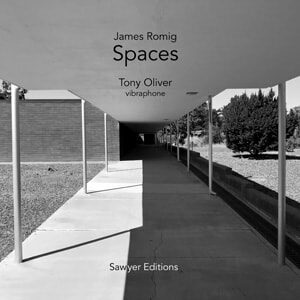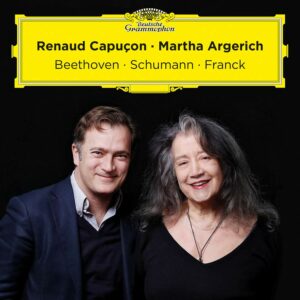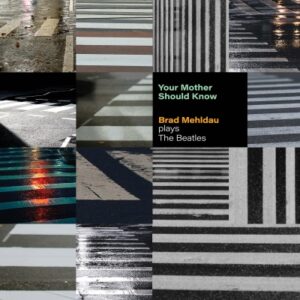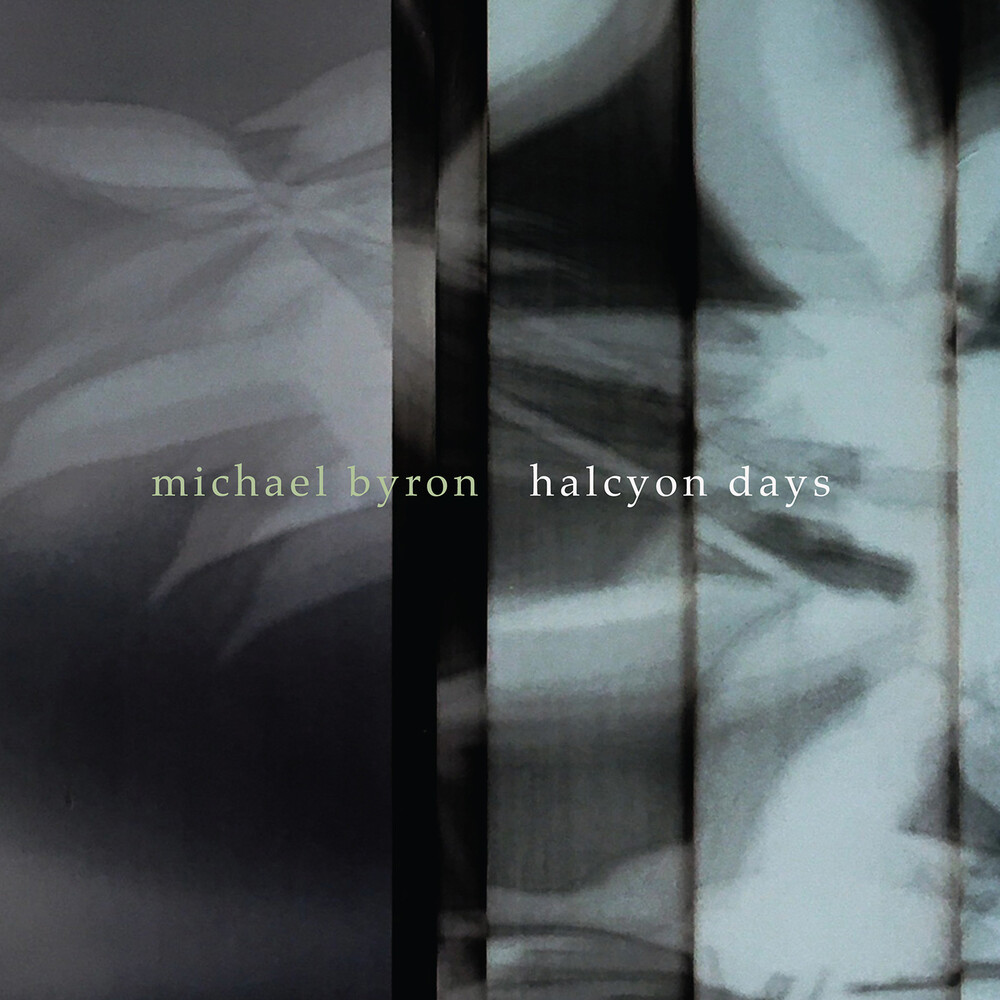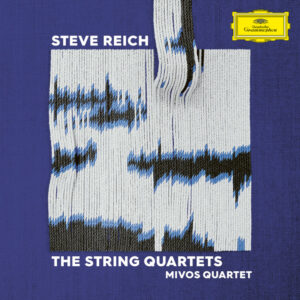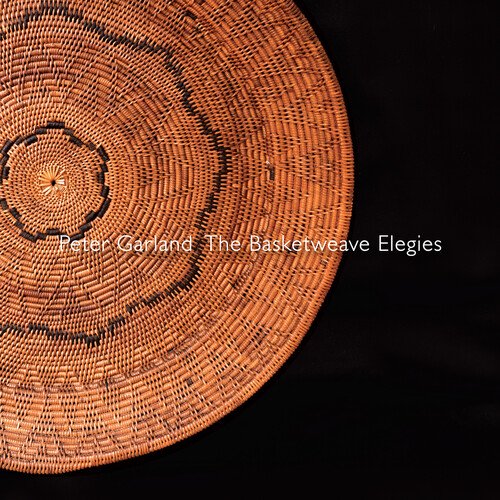
Cold Blue Music has released The Basketweave Elegies, a new recording of music by Peter Garland. This is a CD of solo vibraphone music performed by renowned percussionist William Winant, a close friend and collaborator of the composer. The album consists of nine short movements in an alternating mixture of ‘declamatory core’ pieces and ‘lyric refrains’. Inspired by his admiration of basket making, Garland writes of the album: “The title was originally conceived as a homage to the late artist Ruth Asawa (1926-2013), famous for, among other things, her woven wire sculptures.”
Peter Garland has a long and distinguished career in experimental music as a composer, writer and musicologist. He studied with Harold Budd and James Tenney and was influenced by Lou Harrison, Conlon Nancarrow, Paul Bowles, among others. The press release notes that “Since the early 1970s, Garland’s music has been marked by a return to a ‘radical consonance’ and simplification of formal structure influenced by Cage, Harrison, early minimalism and a great variety of world musics.”
The very first thing you notice when listening to The Basketweave Elegies is the absolute radiance of the notes coming from William Winant’s vibraphone. Very quiet, still, the opening track, immediately establishes this purity of tone. The phrasing is simple – a series of singular notes followed by an arpeggio with very few chords heard at first. One of the ‘lyric refrains’, this piece is short at just 3:25, yet it casts a magical spell. Bright, clear follows, and this consists of high, brightly active tones in running phrases that evoke a sense of movement. Counterpoint appears in the lower registers adding some warmth as the tones combine in beautiful harmonies with lightly syncopated rhythms. One of the ‘core’ movements, the radiant notes of Bright, clear are memorable for their intensity.
The third movement, Very quiet still, has the same title as track 1 but begins with lower register notes that are softer and slightly slower. Middle register notes enter and some nice harmonies develop from this. This movement is similar to track 1 in construction as it continues with the mystical feel. Similarly, movement 4 shares the same title as the second movement, Bright, clear. Luminous tones are heard in a fluid series of independent melody lines. The pitches climb ever higher as if ascending skyward, adding a sunny, optimistic feel. The tempo is moderate, allowing the lovely tones ring out.
The remaining five tracks do not have duplicate titles but continue with the contrasting ‘core’ and ‘lyric’ pattern as before. Lyric, expressive , track 5, is heard with two melodic lines in contrasting registers. Understated and introspective, this movement has the lilt and rhythm reminiscent of a nursery rhyme. Vigorous, declamatory follows, and this features strong phrasing and higher pitches that invoke a sense of urgency. This movement has a purposeful sensibility that is propelled by short, punchy notes heard in the lower register. Peaceful, radiant, another lyric movement, is true to its title with simple chime-like chords and a lovely buoyancy. The declamatory Bold, emphatic opens with a series of ascending scales in brilliant tones followed by a soft trill in the middle registers. As the piece proceeds, the scales vary slightly and this introduces some interesting variation. Two-tone chords are heard as the sequences change in both quantity and pitch, giving a sense of movement and evolution to the phrases.
The final movement, Lyrical, tranquil, concludes the album with a slow series of notes in two independent lines that turn and work off each other . Descending scales in the higher line contain the more active rhythms, but the overall feeling is one of quiet serenity. The simplicity of form and the brilliant tonal colors of the vibraphone are lovingly maintained in this movement, as throughout the entire album. The sparkling clarity of Garland’s writing and the sure-handed touch of Wiliam Winant’s playing make The Basketweave Elegies a masterful summation of the elemental and the pure.
The Basketweave Elegies is available directly from Cold Blue Music and other music retailers.
